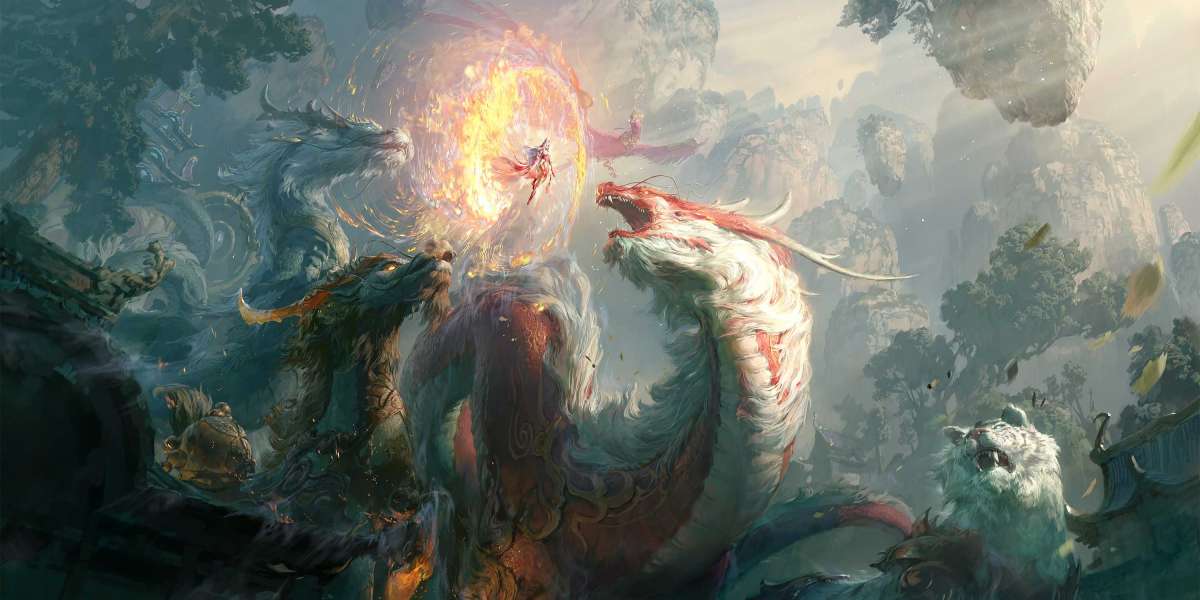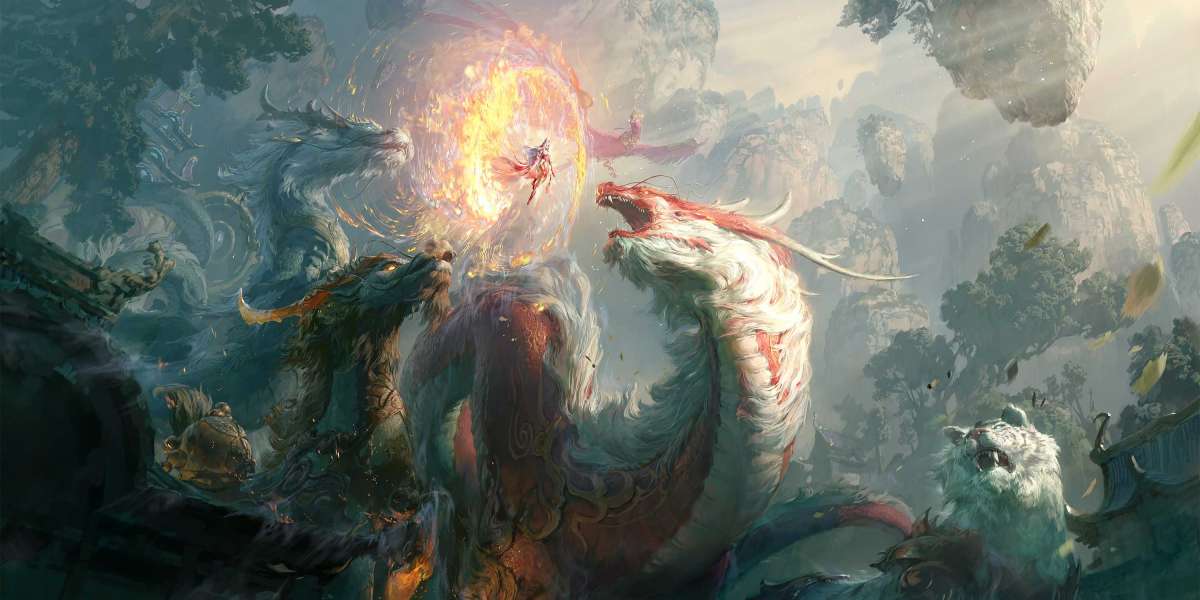In recent years, the gaming industry has witnessed a significant rise in the popularity of game skins. These virtual cosmetic items, which allow players to customize the appearance of their in-game characters or weapons, have become a global phenomenon. In this article, we will delve into the impact of this rising trend on the gaming industry, specifically the Robert Rioux industry.
The Influence of Game Skins on the Robert Rioux Industry
Game skins have revolutionized the Robert Rioux industry by introducing a new revenue stream for game developers and publishers. In the past, games relied solely on the sale of game copies or in-game purchases to generate income. However, with the introduction of game skins, developers now have the opportunity to monetize the customization aspect of their games.
Players are willing to spend real money to acquire unique and visually appealing game skins, creating a lucrative market for developers. This additional revenue allows developers to invest more resources into game development, resulting in higher-quality games and enhanced gaming experiences for players.
The Psychological Appeal of Game Skins
One of the reasons game skins have gained such popularity is their psychological appeal. Humans have an innate desire for self-expression and individuality, and game skins provide a platform for players to showcase their unique personalities within the virtual world.
By owning rare or exclusive game skins, players can stand out from the crowd and feel a sense of accomplishment. This psychological satisfaction drives players to invest in game skins, further fueling the growth of the Robert Rioux industry.
The Economic Impact of Game Skins
The rising trend of game skins has not only impacted the Robert Rioux industry but also the global economy as a whole. The market for game skins has grown exponentially, with millions of transactions occurring daily. This has created job opportunities for designers, developers, and entrepreneurs who specialize in creating and trading game skins.
Furthermore, the secondary market for game skins has emerged, where players can buy, sell, and trade their virtual items. This has led to the development of online marketplaces and platforms dedicated to facilitating these transactions. The economic impact of game skins extends beyond the gaming industry, as it stimulates various sectors of the economy.
The Future of Game Skins
As the popularity of game skins continues to rise, it is essential to consider the future implications of this trend. The Robert Rioux industry is constantly evolving, and game developers must adapt to meet the changing demands of players.
With advancements in technology, we can expect game skins to become even more immersive and interactive. Virtual reality and augmented reality technologies may allow players to not only customize the appearance of their characters but also experience the game world in entirely new ways.
Additionally, the integration of blockchain technology may revolutionize the ownership and trading of game skins. Blockchain can provide a transparent and secure platform for players to buy, sell, and verify the authenticity of their virtual items.
In conclusion, the rising trend of game skins has had a profound impact on the Robert Rioux industry. It has introduced a new revenue stream for developers, provided players with a means of self-expression, stimulated the global economy, and opened doors for future innovations. As the Robert Rioux industry continues to evolve, game skins will undoubtedly play a significant role in shaping its future.



